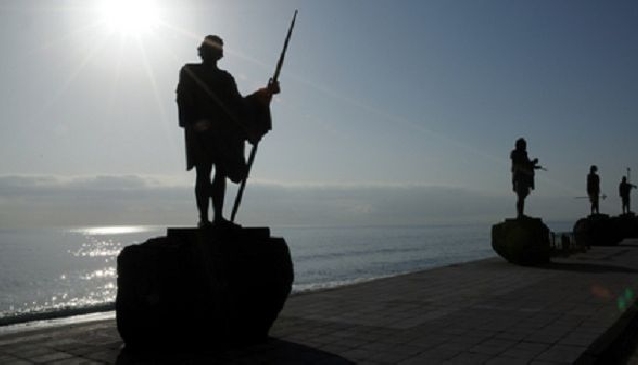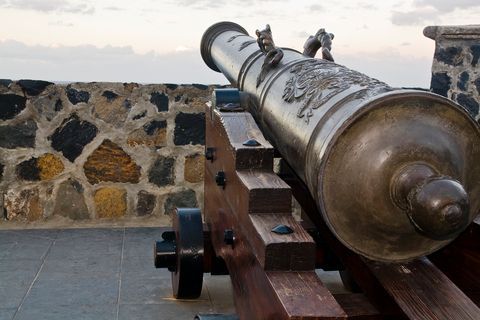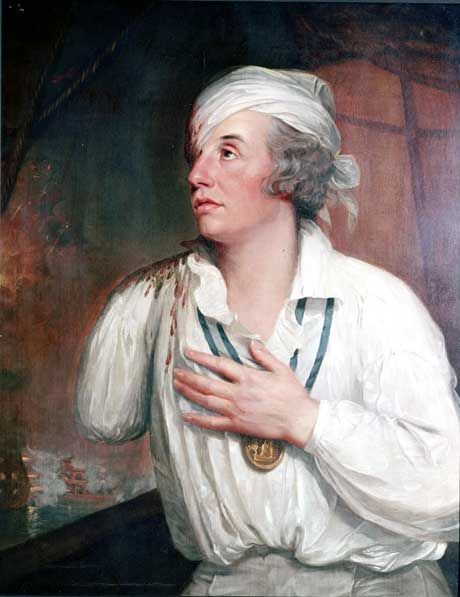The Canary Isle is home to a fascinating mix of cultures

With over 10 million visitors a year, it’s not surprising that Tenerife is a cosmopolitan cauldron of differing nationalities. Some visitors leave nothing but footprints while others leave a touch of their own culture which, over time, adds to the overall flavour of this sunshine isle.
There has never been a more frenzied period of culture-adoption than in today’s world of easy access travel. How fast this intermingling will further alter the taste of Tenerife is yet to be seen. In this article we take a look at how historical influence has shaped Tenerife culture so far.
Of North African stock
The original inhabitants of Tenerife were called Guanches, though where these early settlers came from is not clear. However, the most accepted theory suggests they arrived from across the Atlantic from North Africa around 200 B.C. Carbon dating of what sparse archaeological findings remain back up this notion, as do similarities between the language and place names of the North African Berbers.
The Guanches were primitive cave dwellers who kept the archipelago in a stone-age era for perhaps longer than it ought to have been. The advent of metalworking in other European regions failed to materialise in the Canaries most certainly because of their isolation.
Ask the Canarians themselves where their ancestors came from and not surprisingly they come up with an altogether more romantic heritage. They say that the Canary Islands are the highest peaks of the fabled lost continent of Atlantis, first mentioned in the writings of the Greek philosopher Plato.

Cannon
Spanish seasoning
By the 15th Century the islands had established themselves as an important trading centre due to their inter-continental location. Naturally, aspiring affluent nations sought to take control of the archipelago and in 1402 the Spanish forces began their conquest. One by one the islands fell, with Tenerife holding out until July 1496, at which point Alonso Fernandez de Lugo inaugurated La Laguna as his capital.
This was the turning point for Tenerife and a catalyst for subsequent invasions.
Economically and socially the region flourished under a far more advanced society drawing the unwanted attention of everyone from marauding pirates after a piece of new-found wealth, to Britain, who modestly wanted everything. The most famous battle to fend off the British was in Santa Cruz in 1797 when Nelson lost his arm trying to impose his own influence on the island.
By the early 19th Century Spain was in political turmoil and in 1812 control of the Canary Islands was handed over to Santa Cruz in Tenerife. This remained the seat of power until 1927, when the islands were split into two provinces; the western islands of La Palma, La Gomera and El Hierro governed by Tenerife; Lanzarote and Fuerteventura in the east administered by Gran Canaria.

Nelson (minus one arm)
A touch of the Americas
As economic links between the archipelago and the American continent grew stronger a small exodus of islanders crossed the ocean in search of a better life, notably to Venezuela and Cuba. In later years affluent emigrants and Latin Americans reversed the trend bringing their own influences that are still evident in the music and food of today’s Tenerife.
Undoubtedly the most influential factor in the development of 20th Century Tenerife was the Spanish Civil War and the rise to power of General Francisco Franco, a high-ranking officer in the Spanish Army. Worried by his far-right tendencies the Republican government transferred him out of the way to Tenerife where they thought his outspoken views could be contained. They were wrong. It was in the Canaries that he plotted a coup and the archipelago was the first to fall under his new regime. Writers, trade unionists, socialists and anyone else considered a threat were rounded up and executed.
Although he brought new prosperity to Spain and the Canaries, the heavy-handed manner in which it was done left a bitter taste in the islanders’ mouths. A cynical disdain of the autocracy of mainland Spain remains today.
The lure of year round sunshine and availability of mass transportation subsequently brought the tourists. Tempted by a better climate, lower cost of living and healthy environment, many chose to stay, each one unwittingly adding a little of their own culture to island life. Now, with an unprecedented level of immigration from all corners of the globe, the flavour of Tenerife has never been so rich.